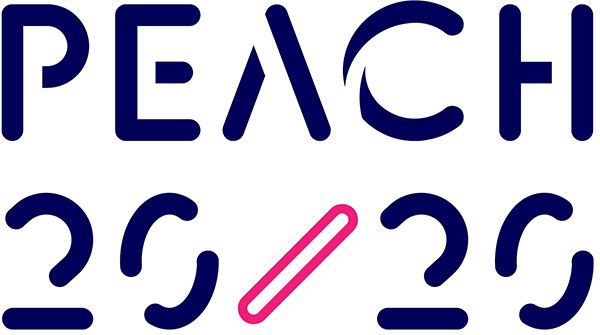Creating happiness in a digital world
)
There’s plenty of research to suggest that convenience-driven consumers increasingly see the digital world enhancing rather than detracting from their out-of-home experiences.
A piece of work done by CGA last year highlighted the fact that while the majority of the public said they still preferred interaction with staff to guarantee a good experience, as many as 43% said using tech to book, order and pay would now be their preference – and that figure was up on six months earlier. Speed, ease and convenience were the cited plus points.
And it can be a similar story for your front-line teams too. Tech used well can make their working lives easier and happier.
Celebrity chef Marcus Wareing put his finger on an important aspect while being interviewed on Radio 4’s Saturday Live a few weeks back. He was asked why restaurant kitchens were now so quiet, and the era of shouting chefs appeared to be long gone. “It’s down to science,” he answered, and by extension technology.
Error was being taken out of the cooking process by new techniques, like the use of water baths, and programmable equipment, he said. So, the need for head chefs to bawl out juniors for screwing up a dish was being taken out of the equation. Perfection could be delivered, but quietly, calmly and with precision.
Technology is taking over in the kitchen with obvious benefits for those working there. But with toxic kitchen environments too often the ones portrayed on screen, ii’s no wonder that so many have been put off a job in hospitality in the past. So, it should also be good news for the image of the sector, if only this story of change can be told.
Front-of-house teams generally are enthusiastically embracing digitally-driven change too – and not just because they are generally younger tech-savvy types.
Recently, a waiter at a mid-range restaurant in Miami was telling our table why he’d left a more upscale establishment up the road, where he would normally expect to receive more tips.
It was all down to the hand-helds which allowed him to take orders quickly, safe in the knowledge they would get straight to the kitchen. In his old place, the waiting staff had to queue up to punch individual orders into a single terminal, creating frustration for staff, and some times customers as well – especially when orders took too long or were incorrectly inputted as staff rushed.
Now he had less stress, was happier and enjoying the job more, he told us – and quicker service meant more tables turned, and actually more in tips.
There’s nothing revolutionary about these examples, but are reminders that well-planned and integrated technological advances can and should improve efficiency and the working experience of employees.
Add in automated rotas that don’t forget when people have asked to be off, and employee apps that communicate what they need to know and when, and tech becomes a real work experience enhancer. So, asking whether a new bit of kit will make your team happier, really should be on the checklist. That last point also means that tech decisions can’t just be left to finance and the IT department.
When it comes to tech, treat your teams like your customers. Increasingly they both want things done immediately, in a frictionless environment and with a degree of personalization thrown in.
And just as progressive managements are now talking about the life-time value of their customers and their cost of acquisition, the same sort of thinking should also apply to employees. How can tech help retain staff? Recruitment costs are something everyone can do without.
According to the restaurant legend that is Danny Meyer, the CEO of New York-based Union Square Hospitality Group: “The next frontier for restaurants is to expand hospitality through technology”. He gets it and he is one of the biggest advocates of exceptional service and looking after his people – so there really should be no argument.
As costs rise, household incomes contract and price pressures loom we’ll need tech solutions to reduce costs, optimise operations and enable us to do more with less – just make sure they are team friendly too. Happy staff usually mean happy customers.
So is this modern, increasingly digital world of hospitality, where tech is embedded in the fabric of the working day, the one we are projecting to the public, and in particular prospective employees? It should be.
• And while on the subject of the industry’s image, it’s been fascinating watching The Great British Menu on TV, where collaboration, not to say mutual respect, between the chef contestants has been an unexpected feature of the shows. Another positive advertisement for the industry, to be sure.
***
This article first appeared on MCA - https://www.mca-insight.com/

